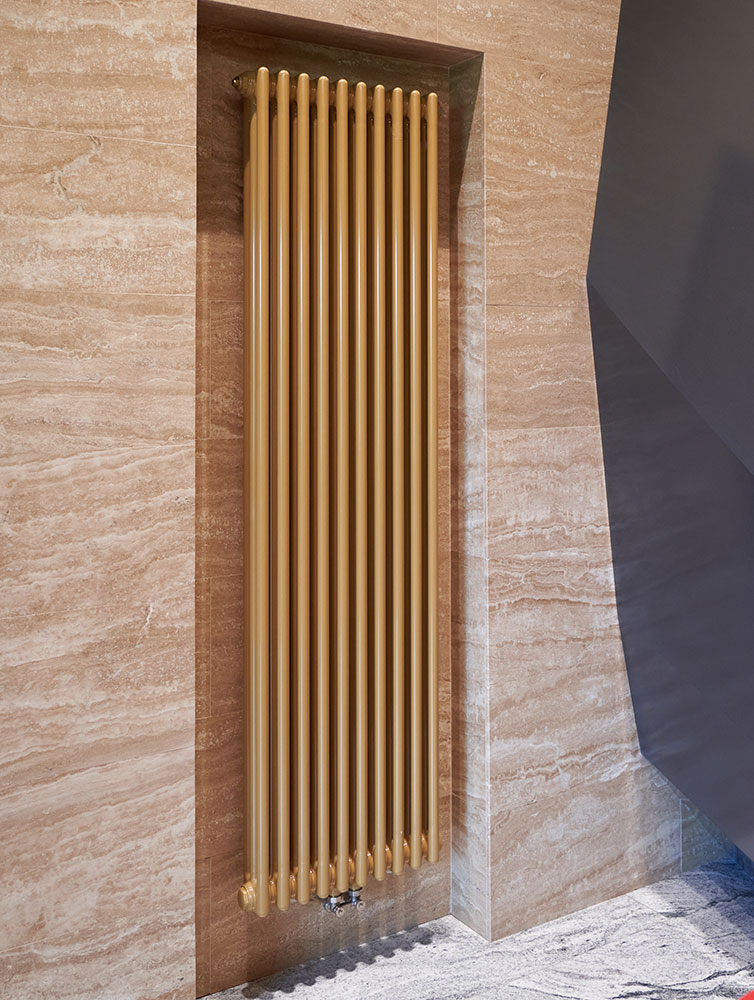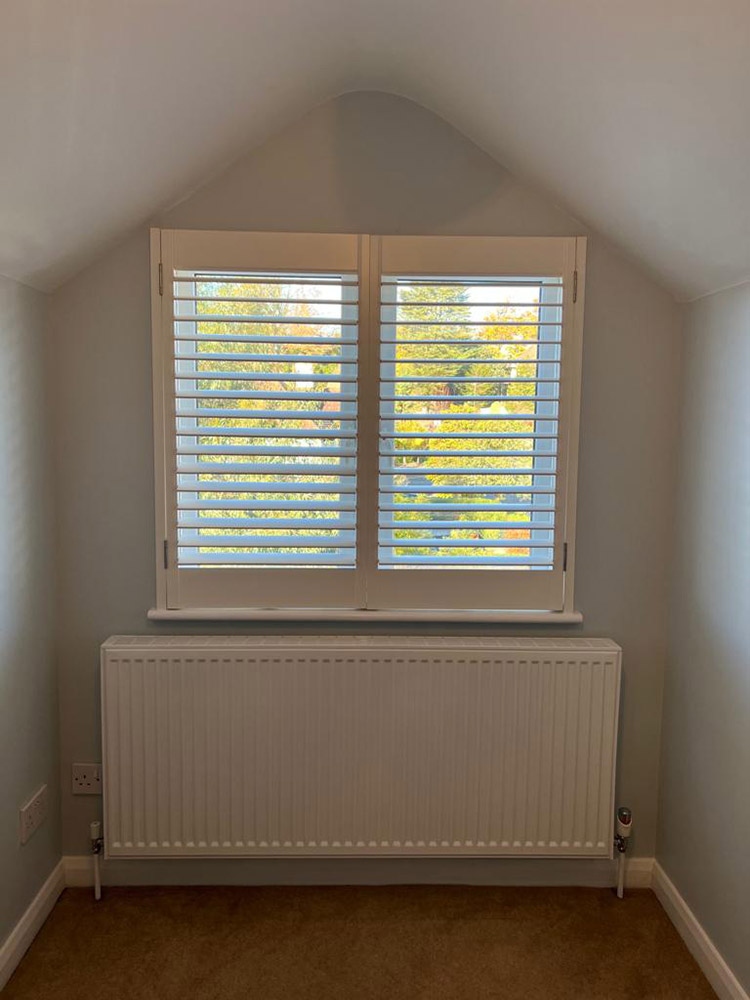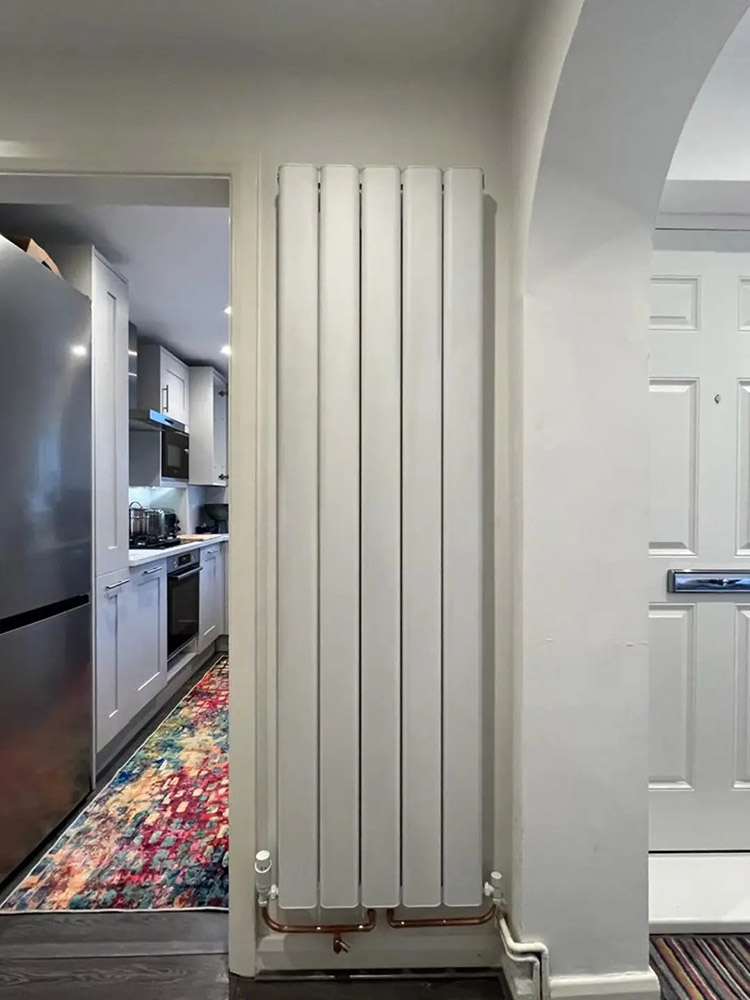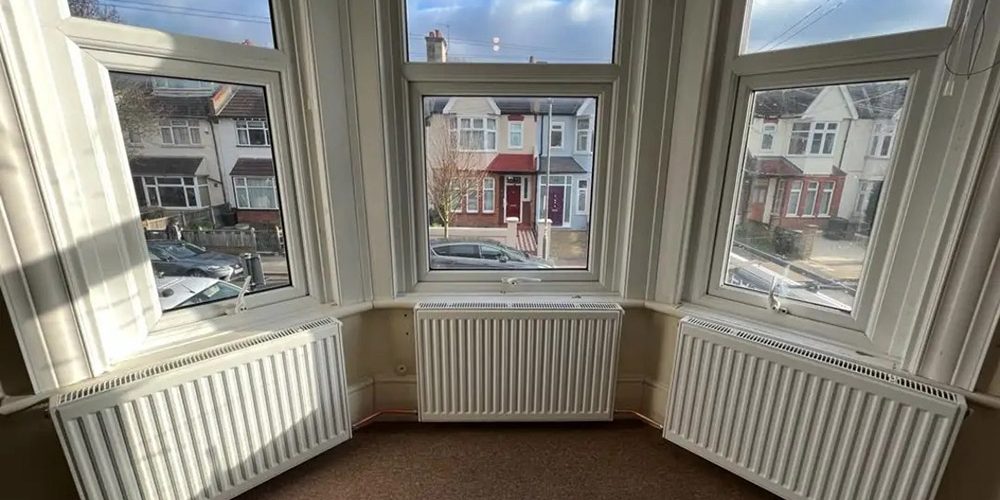Radiators become our best friends during the winter months, don’t they? They are fundamental in a home’s heating system by acting as the primary means of transferring heat from the heating source (typically a boiler) to the rooms in our homes. Radiators are also the component that helps distribute heat efficiently and evenly across different rooms or areas of a home.
There are lots of distinctive styles of radiators on the market, but they tend to be categorised into two main variants – horizontal radiators and vertical radiators. When it comes to selecting the right variant for your property or space, there are advantages and disadvantages for both. In this blog, we compare vertical and horizontal radiators, helping you to determine which is better for your specific needs.
Design And Aesthetics
Vertical radiators are often seen as the more contemporary option between the two variants. Their sleek, slim profile aligns perfectly with the minimalist design trend that dominates modern homes. Traditionally, radiators were considered purely functional, often concealed, or downplayed in interior design. Today, however, radiators have evolved into statement pieces, adding to the aesthetic appeal of a room. Vertical radiators, are ideal for spaces with limited wall width but ample height—a common feature in modern homes with tall ceilings, expansive glazing, and open-plan layouts.

Horizontal radiators on the other hand, are considered the more traditional of the two. They can blend into a room without drawing much attention and are ideal for rooms boasting low, wide walls, like under windows or in hallways.
Space Considerations
Smaller rooms can be tricky to design. Awkward shaped rooms like the loft rooms with a sloping roof, can be equally challenging when it comes to achieving both functionality and the look you are after. Vertical radiators can be a great solution when horizontal wall space is limited, and a thick horizontal radiator would simply command too much wall space. However, if you have large rooms, a horizontal radiator is often preferred due to their ability to spread heat more evenly across a room, as they typically cover more wall area horizontally.
Heat Output And Efficiency
BTU (British Thermal Unit) and Heat distribution considerations:
Generally speaking, horizontal radiators are more efficient at heating a room because they have a longer length, allowing for better convection and even heat distribution. They expertly draw in cooler air from the flow, heat it, and disperse it evenly across the room. This makes them particularly effective in larger spaces where consistent heat is needed.
However, vertical radiators often have a higher BTU output per square inch making them powerful heat sources despite their slim design. What is BTU, I hear you ask? BTU stands for British Thermal Unit and is a measurement of thermal energy. It is used to interpret how much heat a room needs to maintain a desired temperature. Put simply, it tells you how much power you need from your radiators to heat the rooms you put them in.
So, while vertical radiators often have a higher BTU output per square inch, they do not distribute heat as evenly as horizontal radiators because the heat tends to rise quickly, potentially leaving lower parts of the room cooler. Therefore, they are best suited to narrow or tall spaces.
Bearing all this in mind, overall, vertical, and horizontal radiators tend to equalise at a similar BTU output. Choosing between the two orientations tends to come down to what looks and fits best in your chosen room.
Efficiency considerations:
In terms of efficiency, both types can be equally effective, but you will need to consider factors such as room size, insulation, and radiator quality. Plus, the positioning of the radiator can impact efficiency too. For instance, if the radiator is installed under a window or on a narrow wall, so bear location in mind as well when making your choice.

Installation And Practicality
Both vertical and horizontal radiators could uncover a few challenges upon installations which may mean potential challenges with plumbing or mounting. Plus, chat through with your professional plumber or heating engineer whether one type might be easier to integrate into your existing central heating system or whether special adjustments are needed.
Maintenance is another factor. For instance, if you have a very tight space, which orientation will be easier to clean?
Cost Comparison
Obviously, the initial cost will depend on the size, type, style, and material of your radiator. When you have all your measurements, and you have found a few designs/materials you like, add the purchasing cost to the cost of installing vertical vs horizontal radiators.
You can then think about the potential long-term costs relating to energy efficiency, repair, and replacement. A professional plumber or heating engineer should be able to advise you on this also.
Suitability for Different Room Types
Room type can significantly influence the orientation of your radiator because of variations in space, design, and heating needs. For example, living rooms with wide walls and traditional layouts often benefit from horizontal radiators, which provide even heat distribution across the space. On the other hand, rooms like kitchens and bathrooms, where wall space might be limited due to cabinets or fixtures, a vertical radiator or towel radiator ca maximise available space better as well as serve as a design feature if the bathroom is super modern. Likewise, bedrooms with tall ceilings might be better suited to vertical radiators that utilise vertical space effectively, whereas a large loft bedroom with a sloping roof may need a horizontal radiator to fit the space or to spread the heat evenly across the large area.

If you are looking to upgrade your home by installing a brand-new radiator, you know who to call. Contact us at your convenience, and we’ll do the rest!

